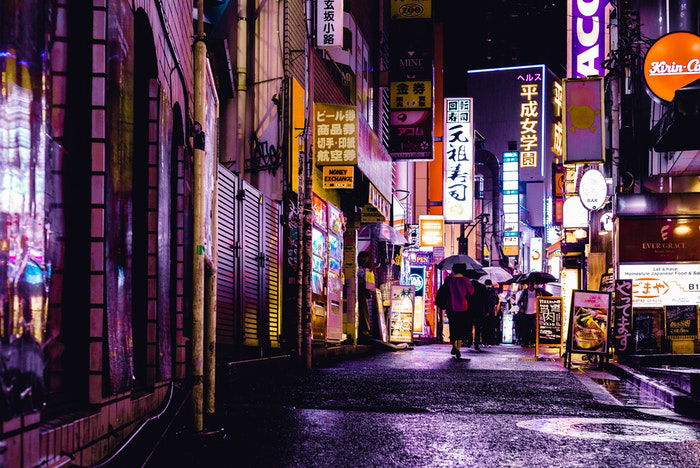The Street Photographers PDFs
Table of ContentsThe Definitive Guide for Street PhotographersSome Ideas on Street Photographers You Need To KnowStreet Photographers Fundamentals ExplainedThe Main Principles Of Street Photographers Street Photographers Things To Know Before You Buy
A category of photography that records day-to-day life in a public place. The very publicness of the setup allows the digital photographer to take candid photos of complete strangers, frequently without their knowledge. Street professional photographers do not necessarily have a social function in mind, however they prefer to separate and record minutes which might or else go unnoticed (Street Photographers).Though he was influenced by a lot of those who affected the street photographers of the 1950s and '60s, he was not mainly interested in capturing the spirit of the street. The impulse to aesthetically document people in public started with 19th-century painters such as Edgar Degas, douard Manet, and Henri de Toulouse-Lautrec, that worked side by side with digital photographers attempting to record the essence of city life.
As opposed to Atget, professional photographer Charles Marville was worked with by the city of Paris to produce an encyclopaedic record of Haussmann's urban planning project as it unravelled, thus old and new Paris. While the digital photographers' topic was basically the exact same, the results were significantly various, showing the influence of the photographer's intent on the character of the photos he produced.
Offered the fine quality of his photographs and the breadth of product, engineers and artists commonly got Atget's prints to utilize as recommendation for their own work, though commercial interests were hardly his primary motivation. Rather, he was driven to photo every last residue of the Paris he enjoyed.
Not known Facts About Street Photographers
They disclose the city via his eyes. His job and essential understanding of digital photography as an art kind served as inspiration to generations of photographers that adhered to. The future generation of street digital photographers, though they likely did not refer to themselves as such, was ushered in by the photojournalism of Hungarian-born professional photographer Andr Kertsz.
Unlike his peers, Brassa used a larger-format Voigtlnder electronic camera with a much longer exposure time, forcing him to be much more computed and thoughtful in his method than he could have been if utilizing a Leica. (It is believed that he might not have been able to pay for a Leica at that time, however he did, however, make use of one in the late 1950s to take colour photos.) Brassa's pictures of the Paris underworld lit up by synthetic light were a discovery, and the compilation of the series that he released, (1933 ), was a major success.
Cartier-Bresson was a champ of the Leica camera and one of the very first professional photographers to optimize its capacities. The Leica allowed the digital photographer to engage with the environments and to capture minutes as they happened. Its moved here relatively little dimension also aided the professional photographer discolor right into the history, which was Cartier-Bresson's favored strategy.
The Street Photographers Ideas
It is due to this basic understanding of the art of photo taking that he is often credited with rediscovering the tool all over once again approximately a century because its innovation. He took pictures for even more than a half century and affected generations of professional photographers to trust their eye and intuition in the minute.
These are the questions I will try to respond to: And after that I'll leave you with my own definition of road digital photography. Yes, we do. Let's start with specifying what a meaning is: According to (Street Photographers) it is: "The act of defining, or of making something precise, distinct, or clear"
No, definitely not. The term is both restricting and misleading. Appears like a road photography should be images of a roads best?! And all street photographers, besides a little number of absolute newbies, will completely appreciate that a road is not the essential element to road photography, and actually if it's a photo of a street with possibly a few monotonous people doing nothing of interest, that's not street digital photography that's a picture of a street.
Rumored Buzz on Street Photographers
He makes a legitimate factor don't you believe? While I concur with him I'm not certain "honest public photography" will certainly capture on (although I do kind of like the term "candid photography") since "street photography" has been around for a long time, with lots of masters' names connected to it, so I think the term is this website below to remain (Street Photographers).
Inside?! I hear you shout as you shake your clenched fist to the skies. Why not? You can contend the coastline, at an event, in a street, in a park, in a piazza, in a coffee shop, at a gallery or art gallery, in a city station, at an occasion, on a bridge, under a bridge ...

3 Easy Facts About Street Photographers Explained
